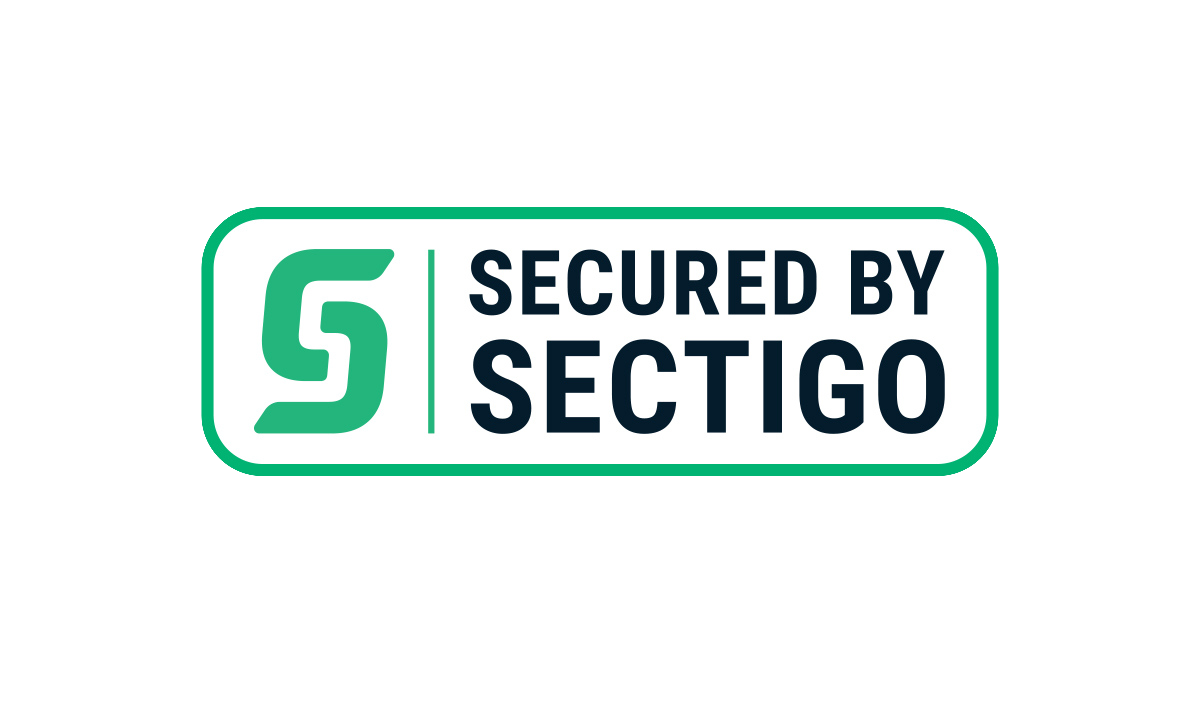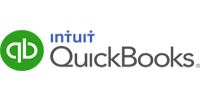Simple Steps for Bank Reconciliation

Simple Steps for Bank Reconciliation
Despite the widespread use of accounting software by small business owners, organizations must nevertheless compare their bank statements to their personal records on a regular basis. This procedure, known as bank reconciliation, ensures that the company’s records are accurate and assists the company in identifying any anomalies, errors, or fraudulent charges. In this post, we’ll define bank reconciliation, go over how to do it, list some common concerns that arise during record reconciliation, and show an example of bank reconciliation.
What is bank reconciliation?
The practice of comparing a company’s records with its bank statements to ensure that all transactions are accounted for is known as bank reconciliation. The procedure is a useful tool for maintaining accurate records, avoiding fraudulent charges, and resolving any other disputes or concerns. Most businesses execute bank reconciliation, or bank rec, at the end of each month, but the frequency is mostly determined by the company’s size and quantity of transactions. Some larger organizations, for example, find it necessary to reconcile their data on a daily basis.
Bank reconciliation should be done on a regular basis, regardless of the frequency. Despite the fact that some businesses still keep their records by hand, accounting software is available to make the bank reconciliation process easier and more efficient. The majority of these tools combine the company’s bank accounts, allowing all data and records to be accessed in one location.
How to complete a bank reconciliation process
Here are the steps for completing bank reconciliation:
- Get bank records
- Gather your business records
- Find a place to start
- Go over your bank deposits and withdrawals
- Check the income and expenses in your books
- Adjust the bank statements
- Adjust the cash balance
- Compare the end balances
1. Get bank records
You’ll need access to a list of your transactions to reconcile your records. This information is available via online banking, bank statements, or permitting your bank to exchange data with your accounting software.
2. Gather your business records
You’ll also need access to the ledger, or books, of your organization. This data is usually stored in a spreadsheet, a logbook, or an accounting tool.
3. Find a place to start
When you last balance your books, you’ll know where to start. If you’re unsure, attempt to remember the last time your books and bank account balances matched and go from there.
4. Go over your bank deposits and withdrawals
Ensure that your bank statement accurately reflects all of your deposits and withdrawals. You’ll have to fill in the blanks if something is missing.
5. Check the income and expenses in your books
Compare your books to your bank statements to ensure that every transaction is accurately recorded. Find out why there is an item that isn’t matched. Maybe a payment hasn’t cleared yet, or you forgot you paid cash for anything.
6. Adjust the bank statements
A bank statement may occasionally fail to appropriately reflect a company’s transactions. Outstanding checks, bank errors, and deposits that are currently in route are all common causes. Make the necessary revisions to the bank statement for whatever reason.
7. Adjust the cash balance
You’ll also need to update your records to reflect all of the company’s transactions appropriately. This will be accomplished by ensuring that all charges and deposits are properly recorded in the company’s cash account.
8. Compare the end balances
After you’ve matched the records and made the necessary modifications, double-check that the end balances are the same, and the reconciliation process should be finished. If they’re still unequal, you’ll have to go through the process again to locate the problem.
Bank reconciliation is done for a variety of reasons
Regular bank reconciliation has a plethora of advantages. Here are a few examples:
- Detection of fraud and suspicious transactions
- Keeping track of bank transactions, fines, and fees in the company’s books
- Maintaining accurate records of the company’s receivables and payables
- The ability to detect errors such as multiple payments or missed payments
Typical problems encountered during bank reconciliation
One of the most important reasons to undertake bank reconciliation is to identify any problems. Here are some of the most common issues you’ll encounter during bank reconciliation:
Checks that are returned after being deposited: The bank may refuse to deposit a check in various instances. This is frequently due to the cheque being drawn on a foreign bank account. If this occurs, you must reverse the item that represents the failed deposit by crediting the cash account, reducing the balance, and raising the debt in the accounts receivable account.
Checks that have been void and cleared by the bank: If a check has been void and cleared by the bank for a lengthy period of time, you should void it and produce a replacement. However, the payee may seek to cash the original check on rare occasions. They should refuse to cash the check if it has been voided by the bank. If the bank was not informed of the cancelled check, you will need to credit the cash account as well as debit the account to explain the payment.
Double payment: If you don’t contact the bank about a voided check, you risk receiving two payments. In the event that the payee cashes avoided a replacement check, you must ask for restitution from the payee.












